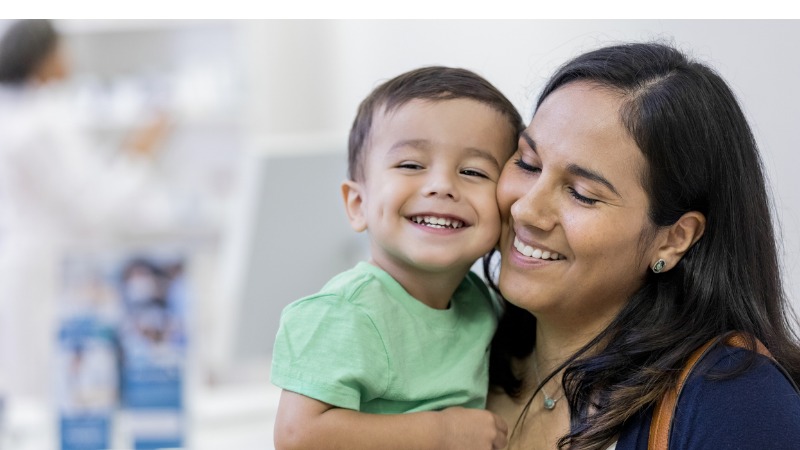
By National Responsible Fatherhood Clearinghouse
“When we talk about a child losing a parent to incarceration and we are interpreting the ACES [adverse childhood experiences] literature only through a child maltreatment lens, the meaning that gets made (intentionally or not) is that children of incarcerated parents are maltreated children, harmed by their parents and thus better off without them. If, however, the parents who are in prison or jail are seen as potential supports for these children, as buffers from the toxicity of the stress, then a different meaning is made of the loss. It becomes more profound and less dismissible.” – Ann Adalist-Estrin, Director of the National Resource Center on Children and Families of the Incarcerated, in a 2015 webinar.
Visits from children are not only good for your child but also good for the incarcerated parent. There have been studies that have shown that visits from family reduce negative institutional behavior and recidivism.
There are as many as 2.7 million children with incarcerated parents according to Pew research. These parents may only see their children during visitation, a time that is both exciting and anxiety-inducing for many parents. The new Tip Sheet for Incarcerated Parents: Planning for a Visit from Your Child/Children from youth.gov helps you think through the details of a visit and prevent potential problems.
Before the visit, double check with the facility to understand dress code requirements, what visitors can bring to a visit, and how many visitors are allowed at one time. With these questions in mind, you can manage expectations with your child so that you can focus on the time you have together and not be disappointed by facility rules.
During the visit, your child may feel nervous and may need to take some time to warm up. Some children may prefer to play with toys or a board game as a way to spend time with their parent. Saying goodbye at the end of the visit may also be particularly difficult. Some children like receiving a 5 and 10-minute warning before the visit ends and a transitional item such as a photo or drawing to take home, ending the visit on a positive note. If you can, let your child know the next time you’ll be able to visit together.
After the visit, continue communication by having the incarcerated parent call or send a hand-written letter. Keeping the communication going is one way to help parents and children feel connected until the next visit.
Here are some other resources to help keep the parent-child bond strong throughout the period of incarceration:
- The Children of Incarcerated Parents Library at The National Resource Center on Children and Families of the Incarcerated at Rutgers University.
- The Parenting Inside Out® program, an evidence-based parenting skills training program developed for both incarcerated mothers and incarcerated fathers who are parenting from prison.
- Attachment Behaviors in Children with Incarcerated Fathers, a podcast created by the Institute for Research on Poverty that describes a new study on attachment in children who have an incarcerated father and discusses some of the factors that may lead to differences in children’s attachment behaviors.
—
Originally published on fatherhood.gov [LINk TO ARTICLE] and reprinted from the public domain under the following guidelines.
***
You may also like these posts on The Good Men Project:
 White Fragility: Talking to White People About Racism White Fragility: Talking to White People About Racism |
 Escape the “Act Like a Man” Box Escape the “Act Like a Man” Box |
 The Lack of Gentle Platonic Touch in Men’s Lives is a Killer The Lack of Gentle Platonic Touch in Men’s Lives is a Killer |
 What We Talk About When We Talk About Men What We Talk About When We Talk About Men |
Join The Good Men Project as a Premium Member today.
All Premium Members get to view The Good Men Project with NO ADS.
A $50 annual membership gives you an all access pass. You can be a part of every call, group, class and community.
A $25 annual membership gives you access to one class, one Social Interest group and our online communities.
A $12 annual membership gives you access to our Friday calls with the publisher, our online community.
Register New Account
Log in if you wish to renew an existing subscription.
Need more info? A complete list of benefits is here.
—
Photo credit: iStock.com
The post Helping Incarcerated Parents Plan for Visits From Children appeared first on The Good Men Project.
PC57-2017-August.mp3 (16MB)
